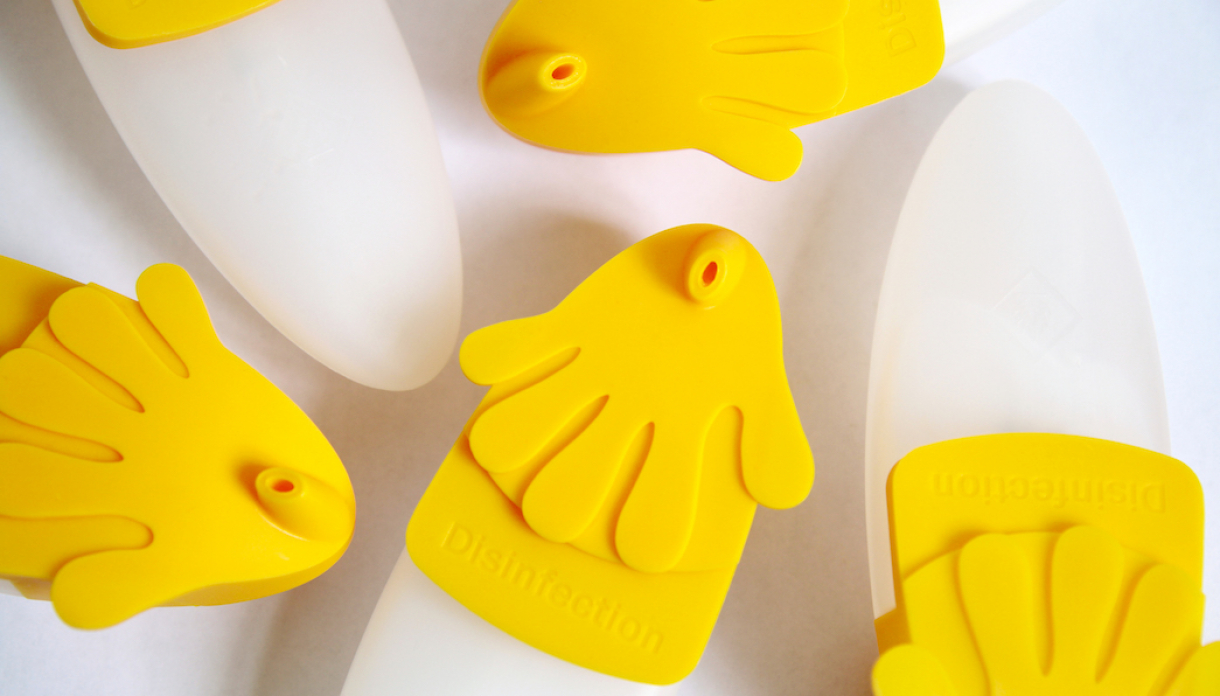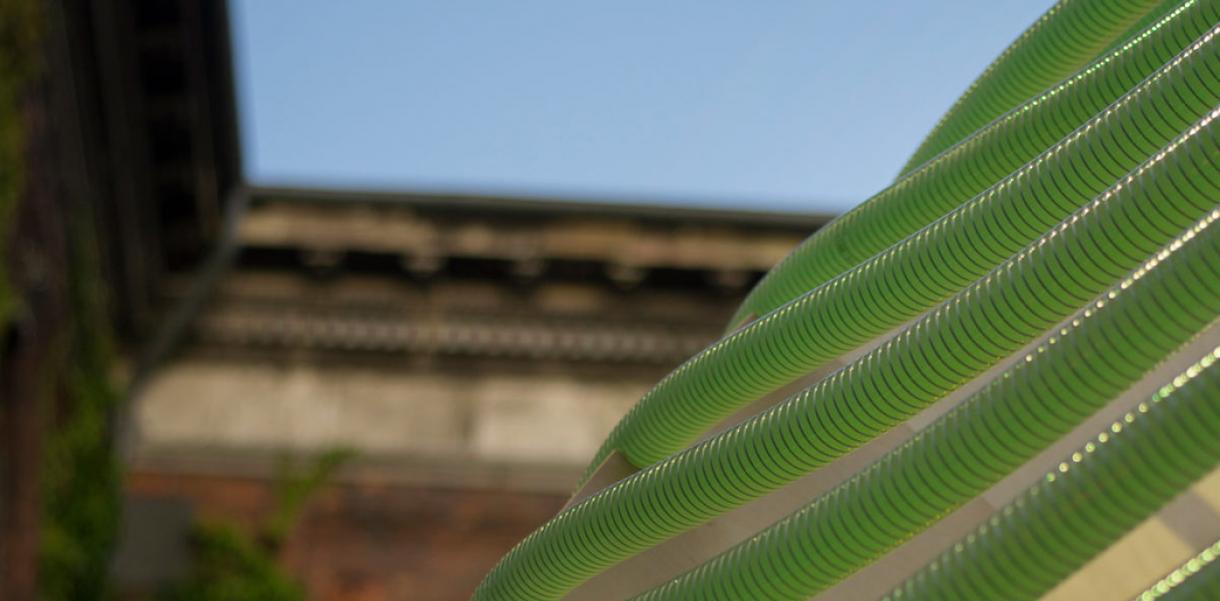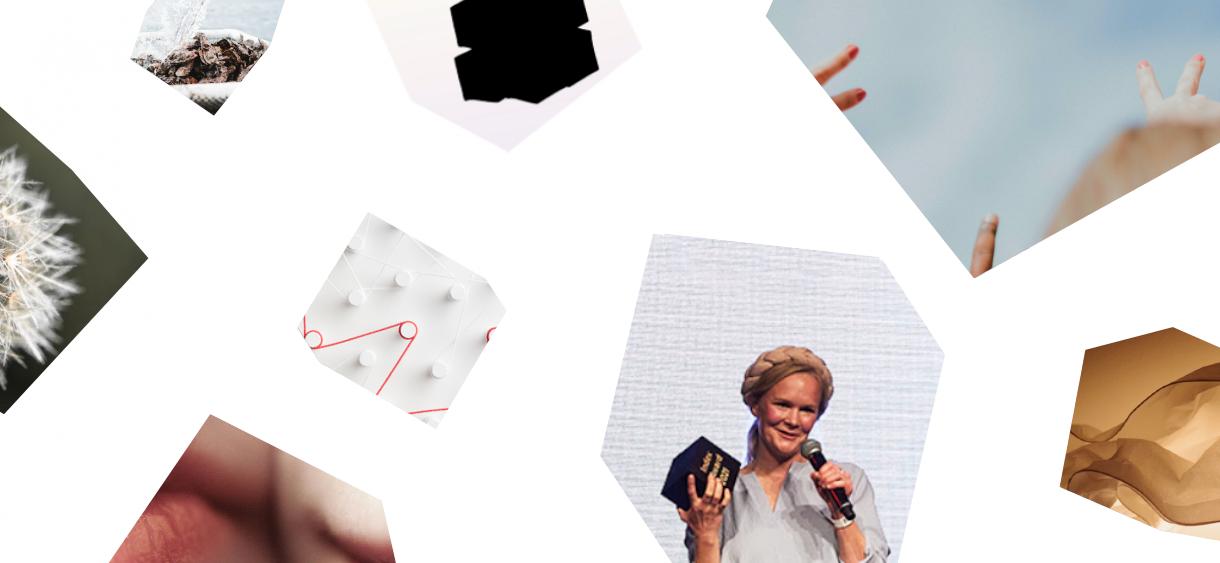What’s the design?
A wearable hand-sanitiser dispenser enabling healthcare workers to quickly and easily clean their hands while on the job. It lowers the risk of bacteria spreading, therefore, reducing infection and overall mortality rates in hospitals. Designed by Danish-Vietnamese industrial designer Hân Pham, the YellowOne Handsafe was a 2015 Index Award finalist. The Handsafe found its way, when it was funded by the Danish fund Trygfonden in 2009 and subsequently until 2016 and is currently in use in Norway, Sweden and Denmark.
The hurdle
Although her product’s been on the market for a while, Pham’s still facing difficulty in convincing the Danish healthcare system to utilise her life-improving product. Having the public health and social care sector as your primary user forces you to navigate a system that isn't designed for small, innovative companies. Public institutions, such as hospitals and nursing homes are under pressure due to fixed procurement processes and very limited budgets agreed at state level.
“They’re pressuring me to lower the price, even though they can see all the benefits,” explains Pham. “I’ve done cost-benefit analysis, and investing in the dispenser will repay them 17 times over. I’ve done calculations for Horsens Hospital, and they can save 1,000 hours a week on sick days. But they’re not thinking that far ahead.”
But it’s not just about efficiency, employees using the Handsafe find it rewarding. At a nursing home in Tilst, the Handsafe has enabled caretakers to more comfortably hug the elderly more often, now that sanitising is more easily integrated into their work days. The best healthcare systems focus on prevention. However, according to Pham, the Danish healthcare system continues to spend more on treatment, after patients are exposed to germs, when simple measures, like the Handsafe, could make a world of difference.
The strategy
“If the hospitals could buy directly from me, it would be a lot cheaper for them. But it isn’t possible due to the European laws on procurement. This means I can only sell my products through those who have gained procurement, since I myself as a small company don’t have the capacity to bid for it.”
To this day, procurement is affecting the trade of the Handsafe. Pham has spoken to other entrepreneurs facing similar issues, even some who’ve opted out because of it. “It’s our taxpayers’ money going to companies that are milking the system,” she says. “Also, these companies sell their own products, which means they’re free to raise the price on mine and classify me as a competitor. And I can’t do anything about it.”
Pham envisions a solution to this problem: “I wish there was a pool in the supply rounds that cater to small and innovative players. After all, my product is approved by professionals. New products should be allowed to run a two-year test, so consumers get to know them. Now, I don't have a chance unless I’m accepted through someone else who’s probably my competitor.”
Even though many of the procurement counselors agree with Pham, she’s told she can’t fight the system. This means she has to wait until the procurement for personal hygiene products is open again and hope that her Handsafe will be pushed forward.
Tips from the designer
- Know your worth – A cost-benefit analysis is a powerful persuasion tool for onboarding both clients and investors. If you’re not sure how to do it, enlist the help of your finance/business-savvy friends;
- Make some noise – Even if you have the best product in the world, it won’t matter if people don’t know it. Talk to people, get a website up, jump on social media and spread the word;
- Offer your mentorship – Your experience is worth a lot, particularly to smaller and newer companies. Sharing your challenges and how you overcame them can greatly benefit others, particularly if you work in a complex industry with a lot of red tape.




